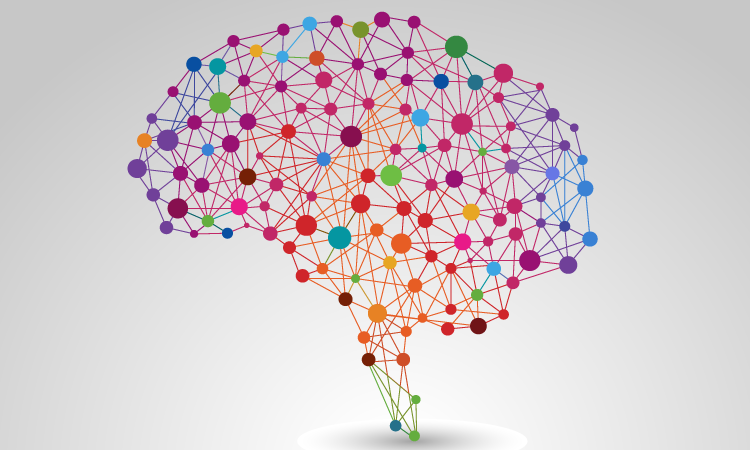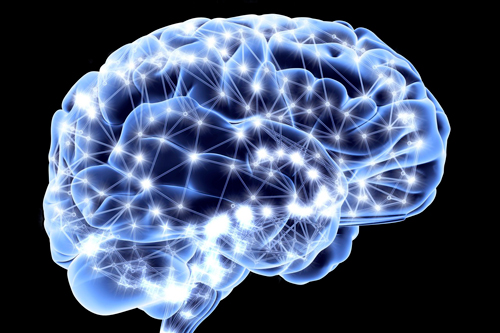
Dr. Seán Haldane, a distinguished neuropsychologist with the National Health Service in London, the co-director and publisher of Rún Press Limited, and a distinguished poet and author whose books include The Coast and the Island; Lines from the Stone Age; Always Two: Collected Poems 1966–2009; Emotional First Aid: A Crisis Handbook; and Time/NoTime: The Paradox of Poetry and Physics, kindly agreed to this email interview with Rewire Me contributing writer Resa Alboher.
Could you share with Rewire Me readers how you came to practice both neuroscience and poetry and discuss a bit about the interconnections between these two fields? The differences?
To begin with, poetry and neuroscience were separate. I had begun to write poems in my teens, and I only came to neuroscience (at first via psychotherapy and clinical psychology) in my thirties. I have always kept poetry separate in that I resolved never to make a living through writing or even teaching poetry. Since my thirties, I have mainly earned my living through neuropsychology. I have always had a scientific side and a literary side. (Both are strong in my heredity.) In worldly terms, I split them from each other. But in my mind, inevitably, they conjoined. I was always interested in the origins of poetry: Where do poems come from? What happens in the brain in “inspiration”? Furthermore, I was interested in the psychology and physiology of the emotions, and for me, poetry is “feeling thought.” I was trained in the body-oriented psychotherapy of Wilhelm Reich, where language is understood as much in body movement as in words. I was also impressed by the psychologist Julian Jaynes’s controversial theory of the brain in which the right hemisphere, in effect, talks to the left. (This is recently supported in the work of the neuropsychologist Elkhonon Goldberg.) Then I came to know Jaak Panksepp, whose “affective neuroscience” suggests that poetry is akin to the “distress vocalizations” of animals and birds. Neuroscience can now address the question of what poetry is. I also came to know the physicist Julian Barbour, who proposes that time does not exist—an idea that recurs in poetry where what Robert Graves called “more than coincidence” (apparent fracture of the usual rules of time) enters into the origin of poems. Eventually I tied all this—neuroscience (Panksepp, Jaynes, and others), physics (Barbour), “more than coincidence” (Graves)—and my own experience into a book, Time/ No Time: The Paradox of Poetry and Physics.
How have these two fields, poetry and neuroscience, changed and/or enriched your personal life? Is it easy to do both?
They overlap, since questions urge themselves on me in poems, which are “normally” scientific or philosophical, and my experience of the miracle (as I see it) of poetry introduces unorthodox questions into my writing about neuroscience. So some of my poems have been criticized as too philosophical, and my writing in psychology and neuroscience as too subjective. Only time (if it exists!) will tell whether this cross-current between poetry and neuroscience is as creative as I hope it is, or whether it is a flop.
As a neuroscientist, would you share with us a few recent discoveries in your field and how these discoveries could be applied to some of the challenges of daily life?
The single most important development in neuroscience (based on a series of discoveries by, for example, Panksepp and others, and going back to Charles Darwin’s The Expression of the Emotions in Man and the Animals) seems to me a new emphasis on the emotions. We are still at a stage where these discoveries and the theories intertwined with them largely remain to be put into practice. Psychotherapy, for example, is still stuck in the twentieth century with a face-off between neo-Freudian psychodynamic approaches on the one hand and neo-behavioral cognitive approaches on the other. With a Brazilian neuropsychiatrist colleague, José Xavier, I am working on what we call a Neurodynamic approach to psychotherapy—as was proposed in 1925 by Alexander Luria, who had to set it aside in his struggle to survive under Stalinism.
As a poet, would you discuss the ways in which the practice of reading and writing poetry can help us in daily life, talk a little about how a beginner can best approach the practice of reading and writing poetry, and also tell us something about your own writing process?
I have just written an article for The Reader magazine on “Reading at and Reading with.” I have always disliked poetry readings. They seem to me reading AT an audience. I prefer to sit quietly—indoors or out in nature—with a book of poems and dip into it and read with private concentration. If I am moved by a poem, I share the poet’s “feeling thought.” However, there is also the experience of reading WITH. A group of people in a reading group, or of friends, or a pair of lovers, read poems to each other. They may even read the same poem to each other, back and forth. Here the shared “feeling thought” is with the poet and also with each other. Some of the revelation and excitement of the poem’s origin—its inspiration—is coming from the poet to the readers.
As for that origin in my own case, all I can say is that I never “intend” to write a poem. The poem comes on its own. Admittedly all sorts of silly or everyday ideas and phrases can come to anyone’s mind. But I think what used to be called inspiration (literally a “breathing in”—of the divine, of the Muse) is a particular state, a sort of instant and involuntary trance, in which a poem inserts itself into the mind, accompanied by a rush of emotion—anything from delight to terror. The American poet Trumbull Stickney described poetry as “musical thought.” Although a poem does not have a tune (unless it is a song), it has a compelled and definite rhythm. I think this rhythm is based on the human pulse. Astonishingly, the pulse in a line of poetry (its “meter”) is synchronized with the actual pulse rate, and the line itself may be synchronized with a breath. A Shakespearean sonnet is 14 lines long and takes about a minute to read aloud (average breath rate is around 15 a minute), and it has 14 multiplied by 5 stresses (the 5 beats of the iambic line), i.e., 70 stresses. The average human heart rate is around 72 beats per minute. So in the sonnet, each line is timed with the breathing pulsation, each beat with the pulse.
Obviously different forms of different poems vary, and some are unique. But I think each poem is tied in with the physiological, biological life of its writer. Whether it is the equivalent of the distress vocalization of a lost lamb bleating for its mother, or the shriek of the plunging hawk, or the moan of a mating animal, it is an utterance from nature. Neuroscience will no doubt have more to say about poetry. But in the last analysis, I put poetry before any science: it is an involuntary telling of the truth at many levels all at once: the verbal, intellectual, emotional, physiological truth. All at once!
Would you speak about the overall concept of rewiring? And how it relates to the worlds of neuroscience and poetry?
The neural network, constantly rewiring itself, is set in a sea of what Candace Pert calls the “molecules of emotion”—for example, the “care” hormone oxytocin that is activated in orgasm and in the nursing of a child by its mother. If a poem moves you, it will be moving the molecules of emotion, and you will change. I caused some controversy a few years ago when in an interview I remarked that sometimes the reading of a poem can lead to as much change in a person as psychotherapy. I meant it.
Click here to get inspired by Rose’s easy steps to positively change your mind


